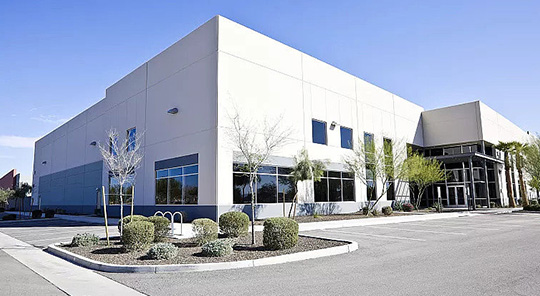As is well known, some people have expressed that chips will become expensive in the future due to the fact that chips are actually made from sand, which is a complex and technologically advanced process.
So the question is, how does sand actually turn into a chip? Considering that China is currently relatively backward in the field of chips, which processes are the main obstacles in China's technology transformation from sand to chips?
Let's first understand how sand is turned into a chip, which involves four specific steps:
1. Purification and treatment of sand
The main material for manufacturing chips is actually silicon, and sand is the main raw material for silicon. Therefore, the step is to purify the silicon in the sand to 99.999999% purity, which can meet the requirements of chip manufacturing.
And the purified silicon comes in batches, called silicon ingots. At this point, it needs to be transformed into silicon rods, into original rods one by one, then cut into silicon crystal wafers one by one, and polished smooth. Then, the purification and treatment of sand are completed, and it can no longer be seen that it is sand.
2. Lithography and etching
This is mainly used for lithography and etching machines. First, the silicon wafer is placed in the furnace to form a uniform oxide film on the surface, and then the photoresist is applied. Using a lithography machine, the chip design circuit diagram is projected onto a silicon wafer coated with photoresist through a mask, forming a circuit diagram.
Then, the projected circuit diagram was etched off using an etching machine, exposing the silicon substrate and forming the appearance of the circuit. At this point, there are potholes on the silicon wafer.
3. Plasma injection, copper plating
The next step is plasma injection, filling the bumpy circuit diagram with plasma, and then stabilizing these ions through heat treatment, forming the so-called transistors that make up the chip, which cost tens to tens of billions.
Transistors are interconnected, and at this point, copper plating is necessary. A uniform layer of copper is coated on the silicon wafer, and then the copper is cut into thin lines through polishing, photolithography, etching, and other steps to connect the transistors and form a circuit diagram.
4. Packaging and testing
Because the chip has many layers of circuits, steps 2-3 are just one layer of circuit, so the entire steps 2-3 will be repeated many times, as many layers as needed, to become a processed silicon wafer.
After processing, it is cut into pieces and then tested and packaged, becoming a chip that can be installed into the device.
The above is a simple manufacturing process for chips. Of course, the specific process can be much more complex and troublesome, but the principle is basically like this. However, China's chip level is lagging behind, mainly reflected in the three stages of 1, 2, and 3, with the fourth stage being relatively advanced.
One link is stuck in purification, and it needs to be purified to 9 9s. China's level is not enough, and production capacity is very limited, mainly relying on importing 9 9s silicon from Japan.
Another link is stuck in the lithography machine, which is stuck in technology. Firstly, the level of lithography machines in China is not enough, and they can only be used for 90nm chip manufacturing, while ASML can be used for 5nm. Secondly, in terms of technology, China is still unable to handle high-tech chips. And the third step is mainly the process of lithography, which is not feasible in China and requires the use of foreign equipment.
Disclaimer: The information articles on this website are from the Internet, journals or provided by the author. Their contents do not represent the views of this website, but are only for reference and learning. If there is any infringement of your copyright or other behavior that harms your interests, we will immediately make corrections and delete the relevant content.









